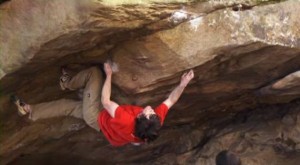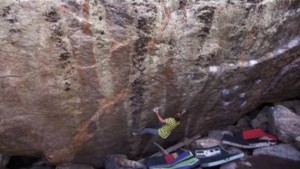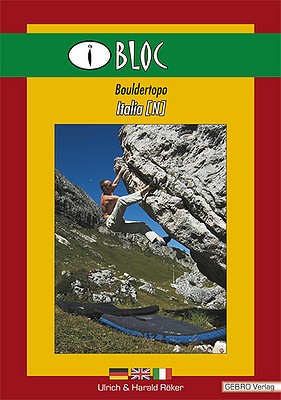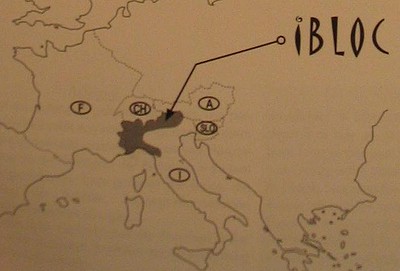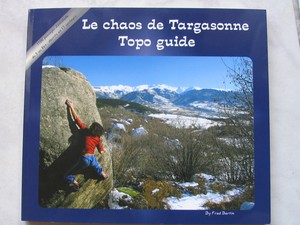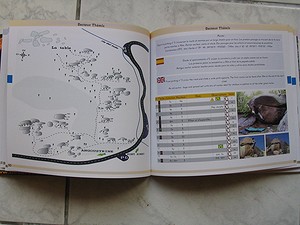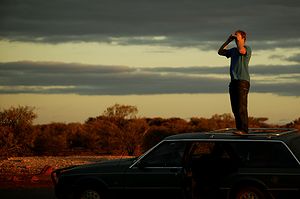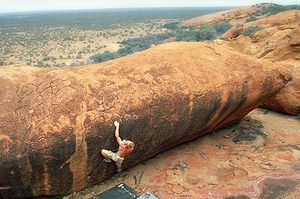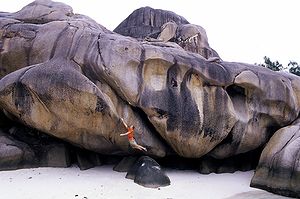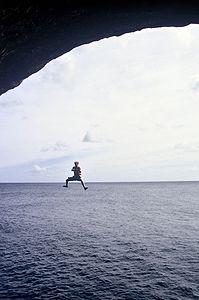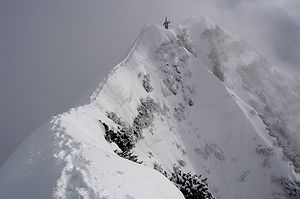C’est arrivé à chacun d’entre nous : on se promène entre les blocs, un œil sur le topo, de plus en plus convaincu qu’on s’éloigne, et paf, on met le pied dedans : visiblement, quelqu’un a trouvé l’endroit adapté pour poser sa merde, savamment recouverte de quelques feuilles de papier rose vif. Le quidam étant (évidemment…) un « ami de la nature », il a vaguement recouvert la chose de quelques feuilles et branchages, voir d’une pierre (ben oui, pour pas que le papier s’envole).
Suivant la datation de l’œuvre, sa composition, la localisation et la météo, le résultat peut aller de la superbe religieuse drapée de soie rose au magma maronnasse et dégoulinant. D’une manière générale, ça énerve le propriétaire de la semelle et ça fait rire ses amis.
Finalement, tout cela ne serait pas bien méchant si nos merdouilles ainsi déposées n’étaient une importante source de pollution :
- Pollution visuelle et olfactive : là, je n’ai pas besoin de vous le décrire plus, vous voyez de quoi je parle. Sachez juste que dans des conditions optimales, la décomposition prend quelques jours, et que ça peut durer… indéfiniment !
- pollution chimique et bactériologique : les déjections humaines non décomposées (« compostées ») peuvent contenir des bactéries dangereuses pour l’homme pouvant se retrouver ensuite dans les eaux de ruissellement. A plus grande échelle, les déjections humaines principalement traitées en stations d’épuration, sont responsables d’une part non négligeable de la pollution azotée (les fameux nitrates) de l’eau.
Bref, ce n’est pas comme ça qu’il faut faire. Ne reculant devant rien, Zebloc vous propose donc ici une petite fiche pratique, car ce qui va sans dire va encore mieux en le disant. Alors même si vous pensez que vous êtes déjà au courant, jetez un coup d’œil. Allez, tous à vos pelles !!
Un peu de théorie / philosophie.
Vous avez peut-être déjà le cigare au bord des lèvres, prenez quelques instants pour comprendre le but de la manœuvre. Dans nos sociétés de « chasse d’eau », on a tendance à se comporter comme si, une fois le caca soustrait à notre vue, le problème était réglé (vous savez ce qu’il devient exactement, vous, quand vous tirez la chasse ??). Et bien non : être (choisissez le mot que vous préférez) citoyen / éco-responsable / respectueux de la nature / etc., c’est assumer jusqu’au bout l’avenir de nos merdes !
Et pour cela, le principe est simple : ce qui est venu un jour de la terre (je veux dire… avant les rayons de Carrefour) doit retourner à la terre. Concrètement, vous devez vous assurer qu’une fois le démoulage effectué, tout cela est digéré rapidement, facilement et efficacement par Dame Nature.
Fort résumé, on pourrait traduire cet « art de chier éco » par l’art de transformer nos merdes en humus, en terreau, bref, en quelque chose d’utilisable par les plantes et qui ne contamine rien ni personne. Ceci étant dit, passons à la pratique…
Le « oua-terre » selon Zebloc – situation normale
Par situation normale, on entend que vous vous trouvez sur un terrain de « terre »
Cherchez !
L’endroit idéal est (forcément) isolé, présente un sol suffisamment meuble pour pouvoir creuser, et surtout, est éloigné de tout écoulement d’eau. Pour « éloigné », comptez au moins 50 mètres. On n’est jamais trop loin ! Evitez aussi les traces évidentes de ruissellements temporaires (lits à sec).
Emmenez avec vous le matériel nécessaire qui ne devrait jamais quitter votre sac, à savoir votre pelle-à-caca : du modèle militaire robuste, mais lourd, à la pellette de jardinage, tout fait l’affaire.
Creusez !
Armé de votre pellette, creusez le trou destiné à recueillir le produit des pizzas d’hier. La théorie recommande de faire au minimum 15 cm de profondeur. Dites-vous que ce n’est jamais trop profond ! Pour la largeur, l’expérience montre qu’en dessous de 15cm * 15 cm, ça devient difficile de viser ! Et puis un caca fait en moyenne de 150 à 300 g, il faut un peu de place.
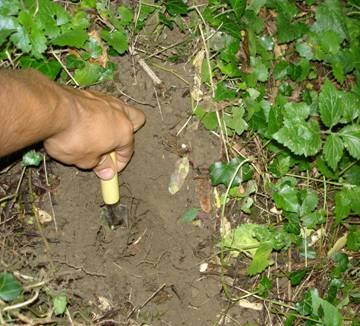
Notons que la taille de cette pelle n'est pas adaptée aux envies pressantes !
Poussez !
Confortablement accroupi, faites ce que vous avez à faire. Un ami spécialiste de la question s’arrange toujours pour trouver un endroit proche d’un appui (un arbre, par exemple), afin de garantir une stabilité optimale. Chacun sa technique !
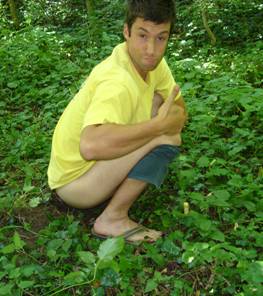
Chez ZeBloc, on fait des reportages sans trucage
Nettoyez !
Les opinions en ce qui concerne le papier toilette divergent. Certains vous vendent même du PQ spécial « bio dégradable » pour une fortune. Mais finalement, les vendeurs n’arrêtent pas de vous dire « pure ouate de cellulose », en bref, du bois un peu cuit et touillé. Donc a priori pas de gros soucis à le laisser avec le reste. L’autre option, c’est de le mettre bien proprement dans un sac type Ziploc ® , et de ramener tout ça chez vous (Et une fois chez vous… dans les toilettes, donc à la station d’épuration, qui ne fera pas mieux que Dame Nature. C’est vous qui voyez…).
Touillez !
Mettez un peu de la terre que vous avez retirée pour faire votre trou par-dessus tout ça, et, armé d’un bâton trouvé alentour, touillez bien pour mélanger caca, terre, et éventuellement papier. Disons moitié/moitié pour le dosage. A la fin, laissez votre bâtonnet dans le trou. N’allez pas utiliser votre jolie pellette pour ca, elle doit rester propre pour vos prochains cacas (et surtout pour votre sac).
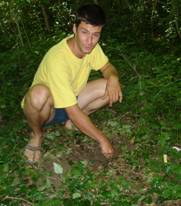
Depuis combien de temps n'avez-vous pas joué avec votre caca ?
Recouvrez !
Finissez de reboucher le trou, tassez bien. Et voila ! C’est comme si rien ne s’était passé, vous n’avez laissé aucune trace, la Nature va digérer votre cadeau bien tranquillement et sans nuisance. C’est pas royal, ça ? Ne ressentez-vous pas la fierté et la tranquillité d’esprit du travail bien fait ?
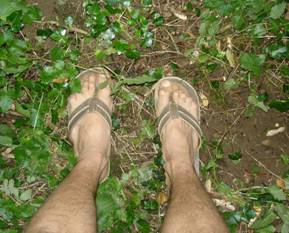
Et voila du travail bien fait !!!
Situations particulières
Le problème survient en général quand le terrain sur lequel vous vous trouvez n’est pas capable de digérer votre caca. Les cas les plus fréquents sont, pour nos activités (surtout en falaise), les terrains à graviers, les terrains sableux (type le Cul de Chien à Bleau), et si vous êtes du type furieux, la neige.
Si vous avez bien compris la partie « théorie / philosophie », vous savez que VOUS êtes responsable de votre caca, et qu’un caca laissé dans un tel terrain va, au mieux, rester intact un certain temps, au pire ruisseler à la première pluie.
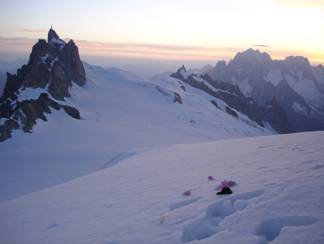
Félicitation à notre heureux gagnant, dont le caca mettra 30 ans à redescendre
Il vous reste deux possibilités : la première est basée sur un régime riz / chocolat les deux semaines précédant votre sortie. La deuxième est d’appliquer les techniques pratiquées avec succès et intelligence par nos amis américains sur les Big Walls du Yosemite, et d’assurer la récupération.
Pour cela, rien de compliqué à condition d’avoir prévu un peu à l’avance un kit-à-caca, comprenant :
- Quelques sacs, de préférence en papier (du genre de ceux que vous donne le Primeur lorsque vous achetez vos pommes sur le marché), sinon en plastique
- Un « container » étanche, de taille variable suivant la durée de votre escapade. Pour une sortie à la journée, le kit « d’urgence » peut se contenter d’une boite plastique type tupperware . Pour les big-Wall de plusieurs jours, le matériel habituel est le Pooh-Tube , un montage de tube PVC avec 2 bouchons vissables étanches.
Pour la pratique, quand arrive le moment fatidique, éloignez vous avec votre attirail. Vous faites votre caca dans un sac, rajoutez le papier. Vous pouvez, pour être plus sûr, rajouter un sac en plus, et puis vous enfermez le tout dans la boite étanche, que vous viderez dans une poubelle une fois rentré chez vous. Ou mieux, dans votre compost (mais j’anticipe sur les sujets suivants…).
Vous l’avez compris, s’il y a plusieurs cacas, chacun son sac, mais tous vont dans la même boite à la fin.
Et voila, une fois de plus, vous ressentez la fierté du travail bien fait.
Conclusion
Bien sûr, tout le monde le sait. Bien entendu, ce sont toujours les autres qui chient partout. Mais honnêtement, si on faisait un sondage à Bleau, combien auraient leur petite pelle dans la musette ? Combien d’entre nous (et moi le premier) ont un jour posé un caca qui, peut-être y est encore ?
Aimer la nature et la respecter, c’est aussi ça, être responsable et assumer le sort de tout ce qui rentre chez nous… et finit par en sortir, sous une forme ou une autre.
• Pour aller plus loin…
Sur le vaste sujet qu’est le caca lors des activités de pleine nature, un livre assez connu, plutôt orienté sports d’eau vives, Comment chier dans les bois de Kathleen Meyer, éditions Edimontagne. Y’avait pas de quoi en faire 200 pages, mais c’est plutôt intelligent et documenté.
Pour les problématiques de pollution de l’eau, la gestion des déjections humaines par compostage, une description détaillée du processus de compostage et les toilettes sèches (de plus en plus populaires), voir www.eautarcie.com .

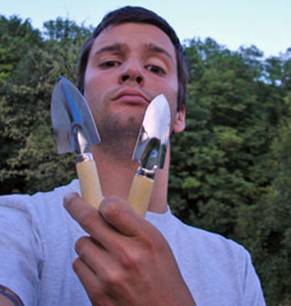
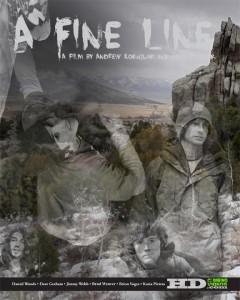
.jpg)
